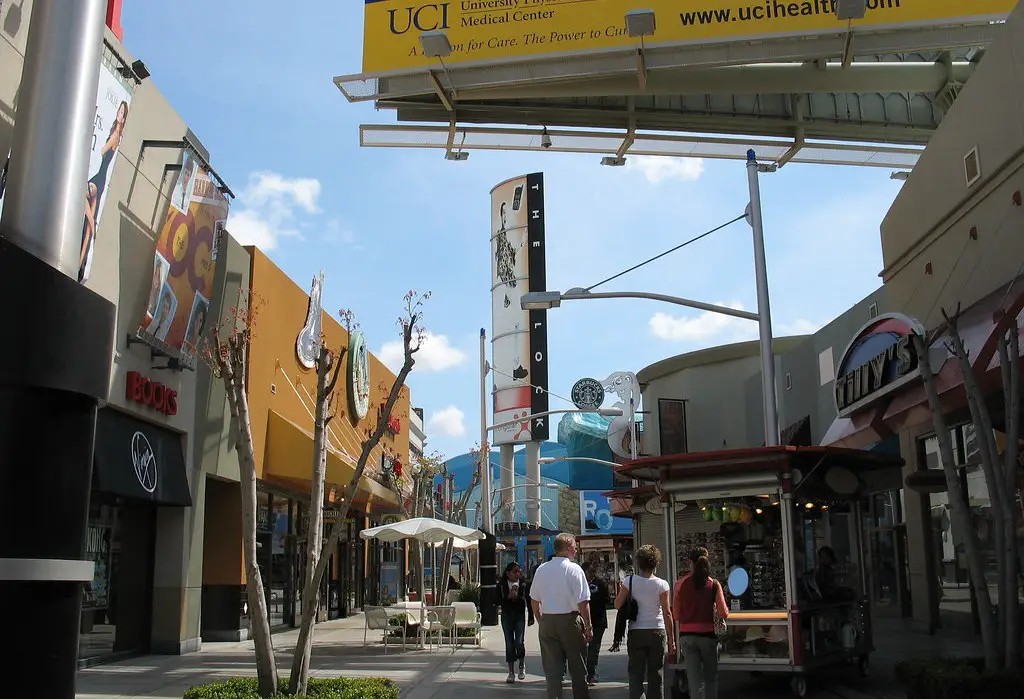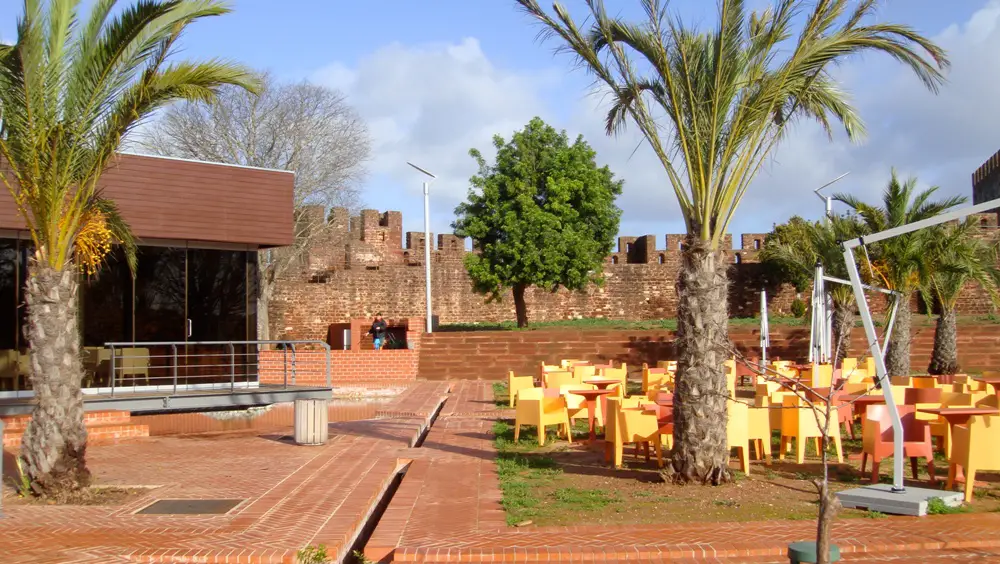London Shared Space: Mixing Cars, Cyclists & Pedestrians on Exhibition Road
Back in 2009 I wrote about plans to turn Exhibition Road – one of London’s most popular tourist destinations – into a shared space street, and in late 2011 work was finally completed. A shared space street is as the name suggests – automobiles, bicycles and pedestrians all sharing the space, with few on-road markings to separate them. Though this may sound like an odd idea, shared space schemes in other European cities have been successful in reducing collisions, with road users paying more attention to their surroundings and travelling at a slower speed.
But can this work on a street like Exhibition Road and in a city like London, where car is king? I visited in November to check out the completed project, and again last weekend to see how it was settling in.

When first opened, these seemingly temporary signs were dotted along the street informing those in automobiles and on bicycles that this is a pedestrian priority street. Making a busy London street pedestrian priority is a big change, and clearly informing road users of that change is critical. During this visit I saw no cars or bicycles give way to pedestrians.

When I returned last weekend I found the same signs in a different spot. Going pedestrian priority may never become second nature for London’s road users, and these temporary signs have now been made permanent.

The signs aren’t just for road users. Pedestrians are reminded how to cross the road. Remember to look both ways, folks.

Shared space streets have been criticised for making roads difficult to navigate for those who are visually impaired, and Exhibition Road is no exception to that. In an attempt to address this problem, textured surfaces have been added along what would have traditionally been the pavement boundary.

Whilst most of the street is on the same level, bus stops are raised for easier access.

If this shared space scheme succeeds in reducing traffic speeds, it could become a great street to cycle on. Though there’s plenty of space to park your bicycle on the southern end of the street, it would have been better to distribute parking facilities more evenly along the length of Exhibition Road.

If you need a break from the seemingly endless selection of museums and galleries, plenty of benches have been installed along the road.

When opened in November, the lack of road markings caused some drivers to behave as if the road was one-way. This signage was introduced to remind road users that traffic was still bi-directional. However…

… when I returned to the site last weekend I found the symbols removed and replaced with a yellow sign literally spelling it out to road users. Not much use in this position, but it has been pretty windy in London recently!

In keeping with the lack of road markings on the road itself, parking spaces are separated by simple metal markers.

No central London development would be complete without the city’s cycle hire scheme, though Exhibition Road’s docking points weren’t ready for use when the project was completed in November.

By January, however, they were fully operational… and completely empty. It seems London’s tourists really can’t get enough of the cycle hire scheme.
Plenty of questions remain about the practicality of this scheme. Can London’s road users be ‘trained’ to give way to pedestrians? Does the street’s design do enough to result in automobiles driving more slowly along it? Will the road become safer for cyclists and pedestrians? Right now these questions can’t be answered, although the prominent use of temporary and permanent signage suggests that the road’s design is not immediately bringing about the desired improvements.
Despite this, Exhibition Road is, at least visually, greatly improved. The street feels wider, safer, and more like a space designed for people. Attempts have been made to address the failings of previous schemes to cater for those who are visually-impaired and the less able-bodied, and although this problem can only be partially overcome with design, they do make a difference to Exhibition Road’s accessibility.


